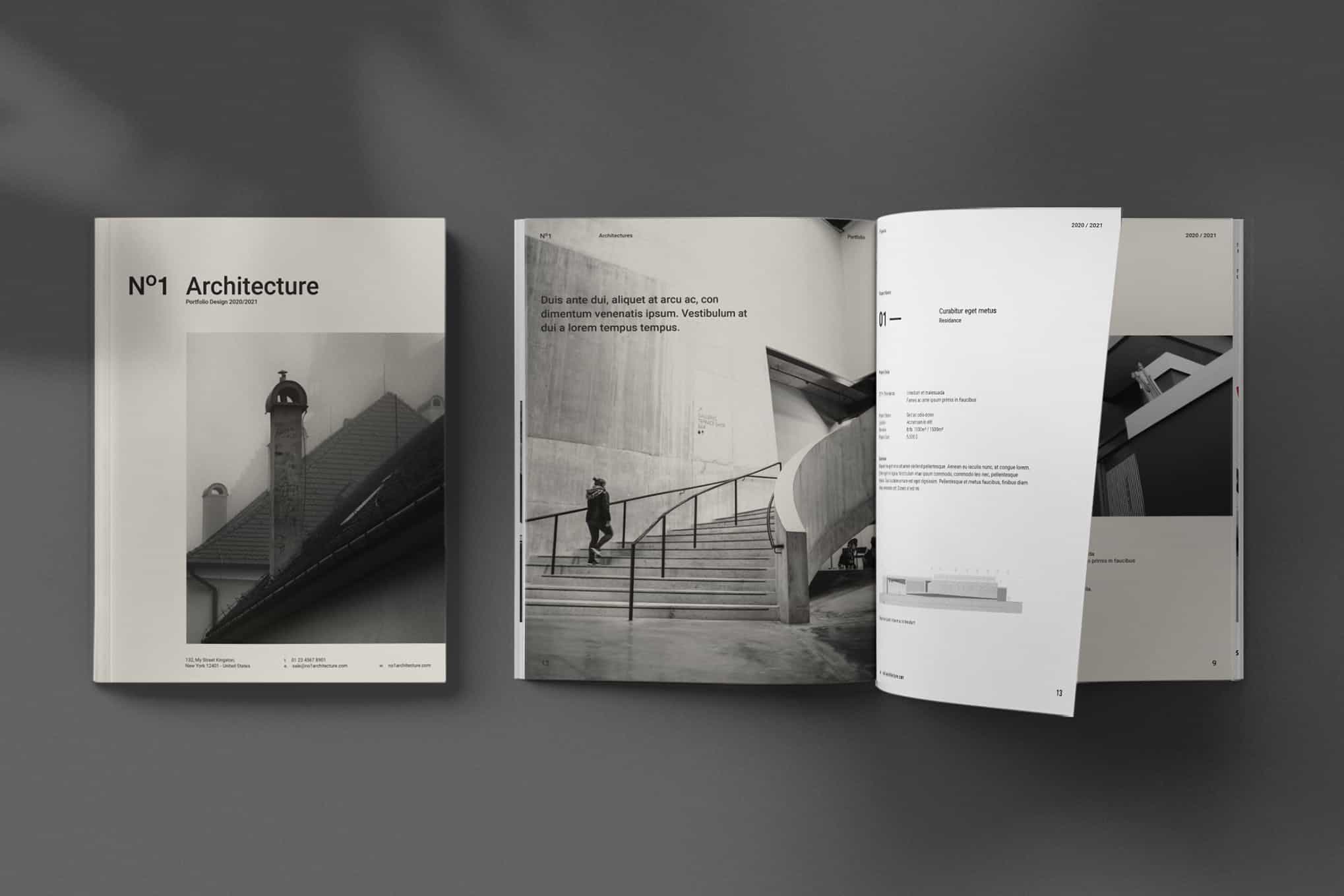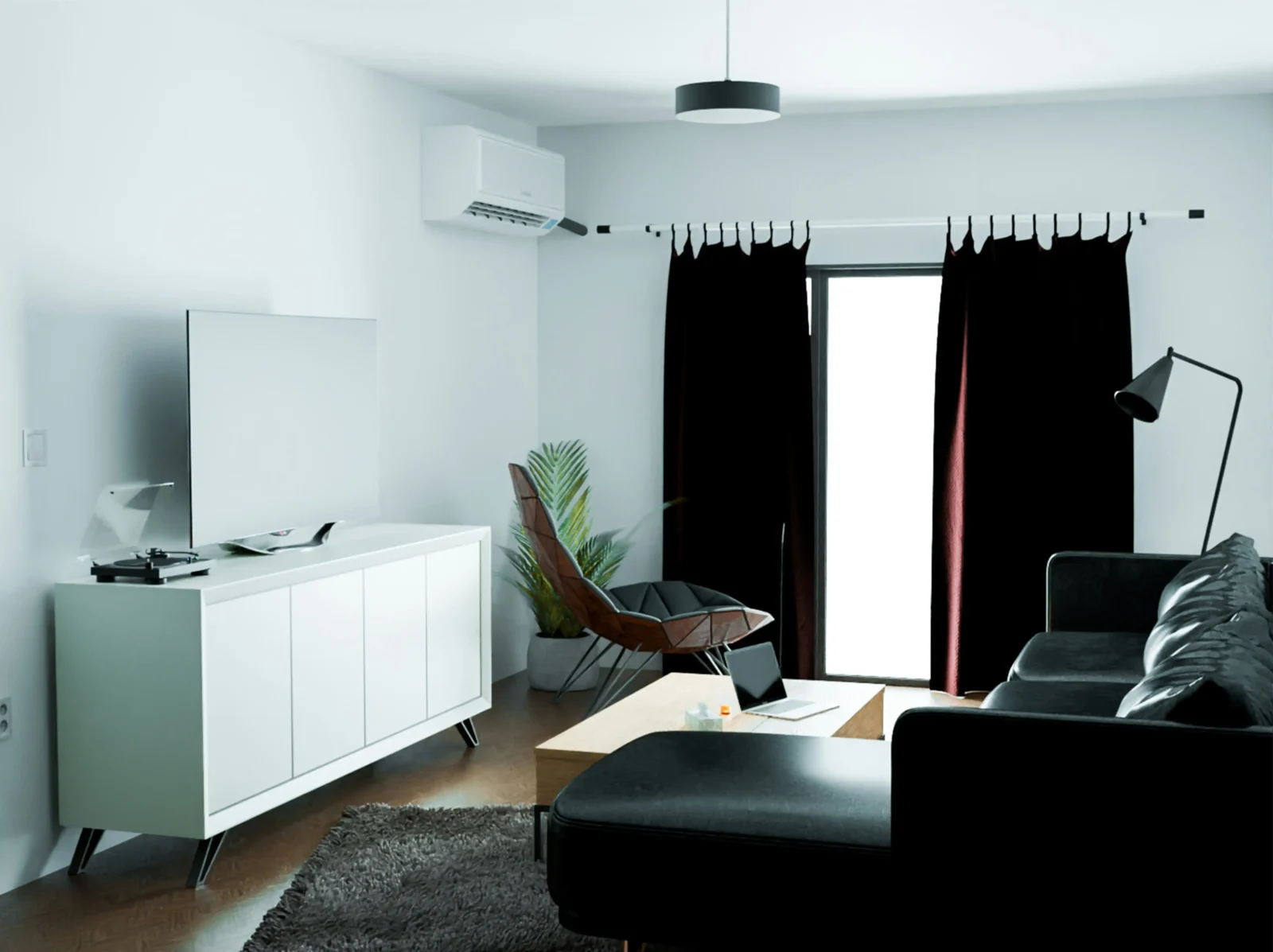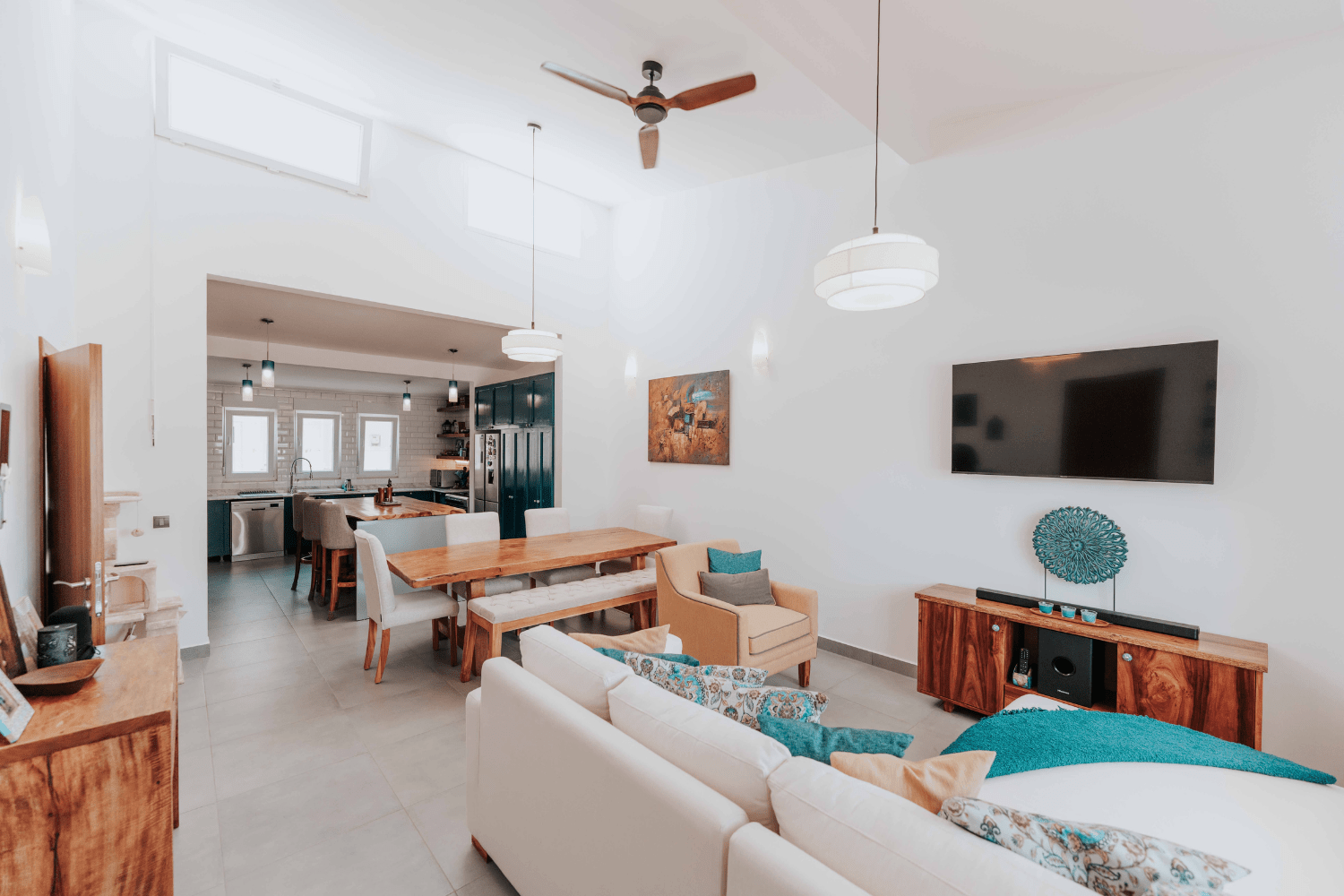- Home
- Articles
- Architectural Portfolio
- Architectral Presentation
- Inspirational Stories
- Architecture News
- Visualization
- BIM Industry
- Facade Design
- Parametric Design
- Career
- Landscape Architecture
- Construction
- Artificial Intelligence
- Sketching
- Design Softwares
- Diagrams
- Writing
- Architectural Tips
- Sustainability
- Courses
- Concept
- Technology
- History & Heritage
- Future of Architecture
- Guides & How-To
- Art & Culture
- Projects
- Interior Design
- Competitions
- Jobs
- Store
- Tools
- More
- Home
- Articles
- Architectural Portfolio
- Architectral Presentation
- Inspirational Stories
- Architecture News
- Visualization
- BIM Industry
- Facade Design
- Parametric Design
- Career
- Landscape Architecture
- Construction
- Artificial Intelligence
- Sketching
- Design Softwares
- Diagrams
- Writing
- Architectural Tips
- Sustainability
- Courses
- Concept
- Technology
- History & Heritage
- Future of Architecture
- Guides & How-To
- Art & Culture
- Projects
- Interior Design
- Competitions
- Jobs
- Store
- Tools
- More
Recommendations For Those Participating In Architectural Competitions

By: Hana Čičević and Daniel Abraham Gandica
Architecture and Design competitions are integral to professional development for both architectural students and established professionals. This form of competition does not only offer an opportunity to receive recognition for your work, but it pushes the boundaries of a designer’s creative development. Many young architects or aspiring architects are reluctant to enter a competition due to a high workload at school or at work. However, a design competition will offer great relief from school/work which is bounded by various expectations and limitations. Architectural competitions are encouraging highly creative and innovative designs which usually come with very loose restrictions, and this allows you to truly express your creativity.
Moreover, the architectural competitions do not only offer financial rewards to the winners, but they also offer exposure to your work in media and a great resource to build upon your portfolio with works that are beyond the school and work projects. Competition designs will always stand out in your portfolio as they testify that you are interested in exploring and developing design beyond what is asked of you by your employer or a professor. Every design competition is a problem to be solved creatively, and this article will offer advice on the best practices for approaching entering design competitions.
01 CHOOSE YOUR TEAM WISELY
For most of the current online competitions, you can choose to either participate as an individual or in a team. While the number of team members might vary largely based on different competition requirements, you might find it beneficial to enroll together with a colleague or a classmate that you have worked with previously or that you are familiar with their work ethics and design skills. It is essential to wisely choose your teammates as you will have to deeply collaborate in all stages of the process. Consider people who do not simply agree with you but who challenge the ways you are thinking and designing. Your teammates should bring a spectrum of different skill sets to your team which gives you a great opportunity to learn from them and build upon your own skills through the process.

02 BUILD UPON YOUR PREVIOUS WORK
At the first glance, the competition brief might seem overwhelming due to its many requirements. Do not let this turn you away from enrolling in the competition as you might already have a good base from which you can start in some of the earlier projects that you have done. This might be a concept that you are really interested in, a structural system that you already explored, or spatial layouts that you have developed. This does not mean that you should simply copy-paste a project that you already completed, but rather that you can use parts of it as a jumping point and as an opportunity to keep developing the ideas that you are already interested in. In this way, you can start developing your architectural vocabulary that weaves together the various projects that you have created through your school or work career.

03 GET FEEDBACK BEFORE SUBMITTING
As in most projects you have done in architecture school or in professional work, it is of great importance to get feedback on the design from various sides. In school, this might be done during the design review or could come from your classmates during the design process. In competitions there are many ways you can get feedback, by sharing your work with classmates, directly approaching a professor, or simply by showing your work to your relatives and friends outside of the field. The feedback you get from both architects and non-professionals might surprise you and change the way you look at your project. It is important to ask for feedback on various stages of the design, and not wait until the board is already completed as it might be too late to implement the comments you receive. These comments you receive from various sides can immensely aid you in the design process as they offer a view of how others perceive your project and what elements can be improved.

04 CHOOSE THE COMPETITION THAT TRULY INTERESTS YOU
Architectural competitions are an investment of your time and creative energy. Therefore, you should be selective and choose to participate in the competitions that interest you, help develop or build upon skills, and improve your design capabilities. Most of the online architectural competitions are just a google search away as there are several websites that offer an overview of the various competitions that are being offered at the time. Therefore, it will benefit you largely if you take the time to read the briefs and understand what the competitions are truly focused on before signing up. By carefully choosing the competitions that align with your interests you will not only produce better work as you are more motivated to design, but you will also be able to further your knowledge and skills in the areas that might benefit your future career interests.

05 DON’T BE AFRAID TO EXPERIMENT
Compared to the projects you might be doing in the work environment, architectural competitions usually come with relatively loose limitations and are more akin to typical university projects. They present a good way to exercise your design skills in a setting that encourages full creativity. Therefore, you should use these competitions to experiment with ideas that you might not otherwise consider in the work setting. This will allow you to both practice your design skills and create work that is unorthodox and experimental. Looking at the previous online competition boards, one can notice that the winning entries are typically unique in their design approaches and are going beyond what was simply asked in the brief. Moreover, while the competition might have a set drawing requirement list, the entries that produce more than required are highly valued. The additional drawings beyond the requirement list can give you a great opportunity to explain your work and further experiment with the unique ideas that you wish to develop.

illustrarch is your daily dose of architecture. Leading community designed for all lovers of illustration and #drawing.
Submit your architectural projects
Follow these steps for submission your project. Submission FormLatest Posts
Coloring Your Year: Using Traditional Lunar New Year Hues to Transform Your Apartment Décor
Lunar New Year always brings a burst of color and energy, making...
Chandelier Light vs Ceiling Lights: Which Decorative Lighting Works Best for UAE Homes in Winter?
Winter in the UAE doesn’t arrive loudly. It doesn’t announce itself with...
Marketing for Architects: How Firms Are Getting More Clients Without Chasing Leads
Architectural marketing has changed in important ways. Referrals and reputation still matter,...
8 Innovative Apartment Design Ideas from the USA
Apartment design in the United States is rapidly evolving, with architects and...












Leave a comment